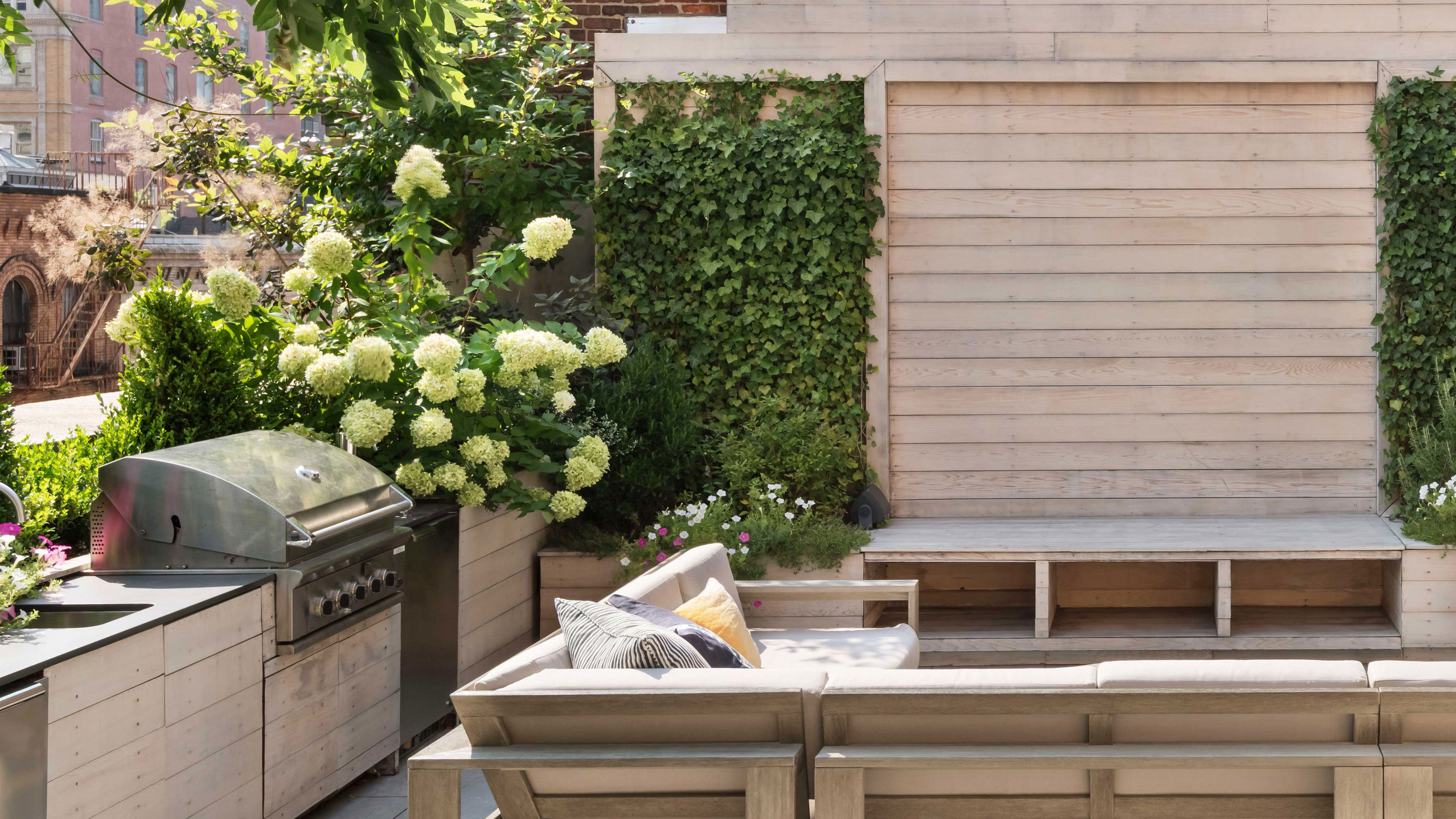
They're beautiful, bold and bountiful — but when hydrangeas are not given the best care, they can dry up, wilt and lose their abundant color. There are a few potential reasons as to why your hydrangeas aren't blooming. From extreme weather conditions such as excessive heat and sun exposure to drought and improper pruning — all these factors may be playing a role in a sad season for your plants.
'Hydrangeas are a tricky species,' says Kasey Eaves, plant expert and owner of Vivant Gardening Services. 'They are prized for long blooms but if you do not treat each plant like the individual they are, they will easily refuse to flower'.
If you're wondering how to revive hydrangea plants or you want to know what may be stopping your hydrangeas from blooming — we've spoken to the experts to make your gardening journey easier. Here's what they had to say about it.
Why are my hydrangeas not blooming?
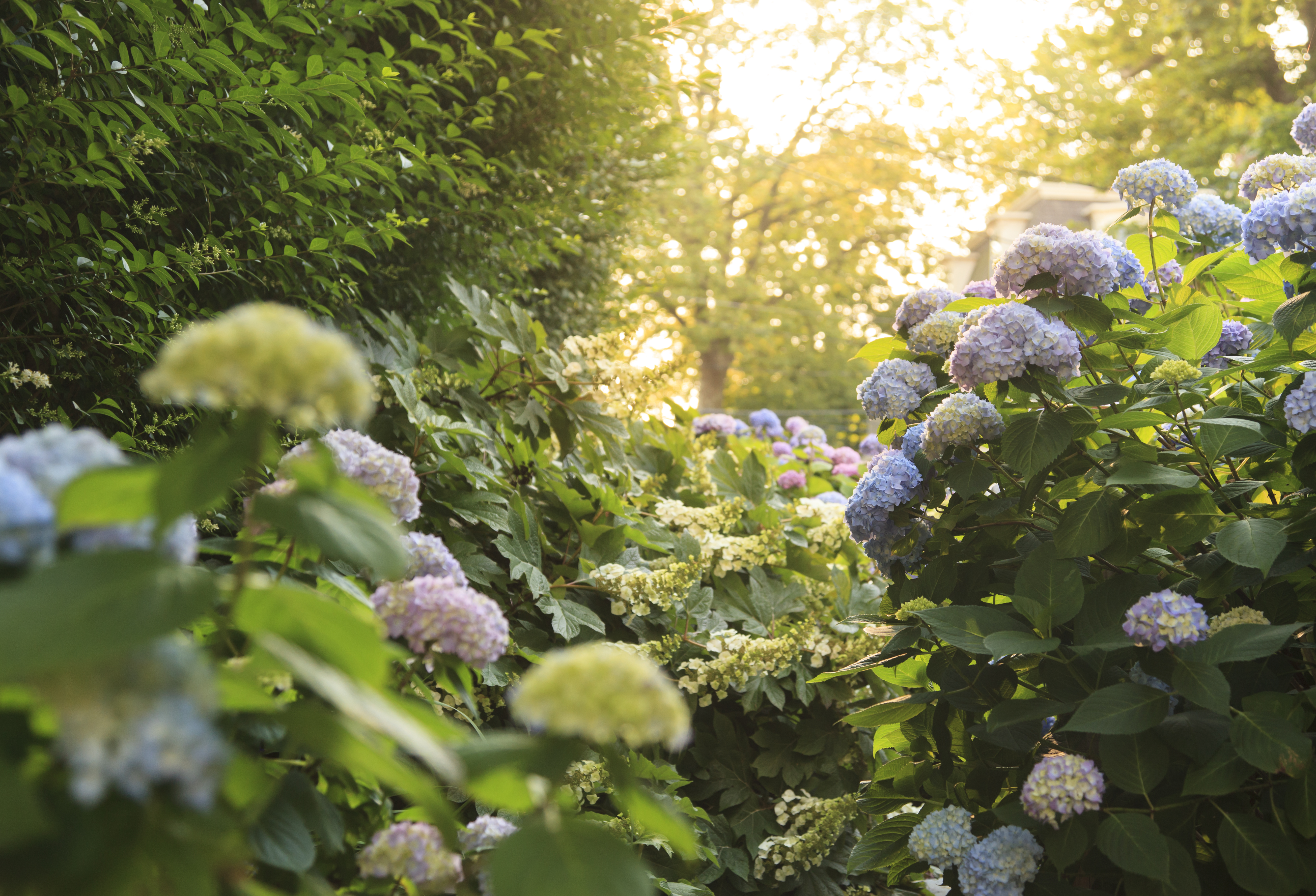
Understanding potted hydrangea care is just as important as taking care of these blooms in a flower bed. But if you notice these beauties withering away or simply not blooming — there may be a few reasons.
'Hydrangeas are beloved for their beautiful, abundant blooms, but sometimes they can be frustratingly shy about flowering,' Tony O'Neill, a gardening expert and founder of Simplify Gardening tell us. 'Understanding the common reasons behind this can help gardeners ensure their hydrangeas thrive'.
Here are a few reasons as to why your hydrangeas are not blooming — according to gardening experts.
1. Improper Pruning
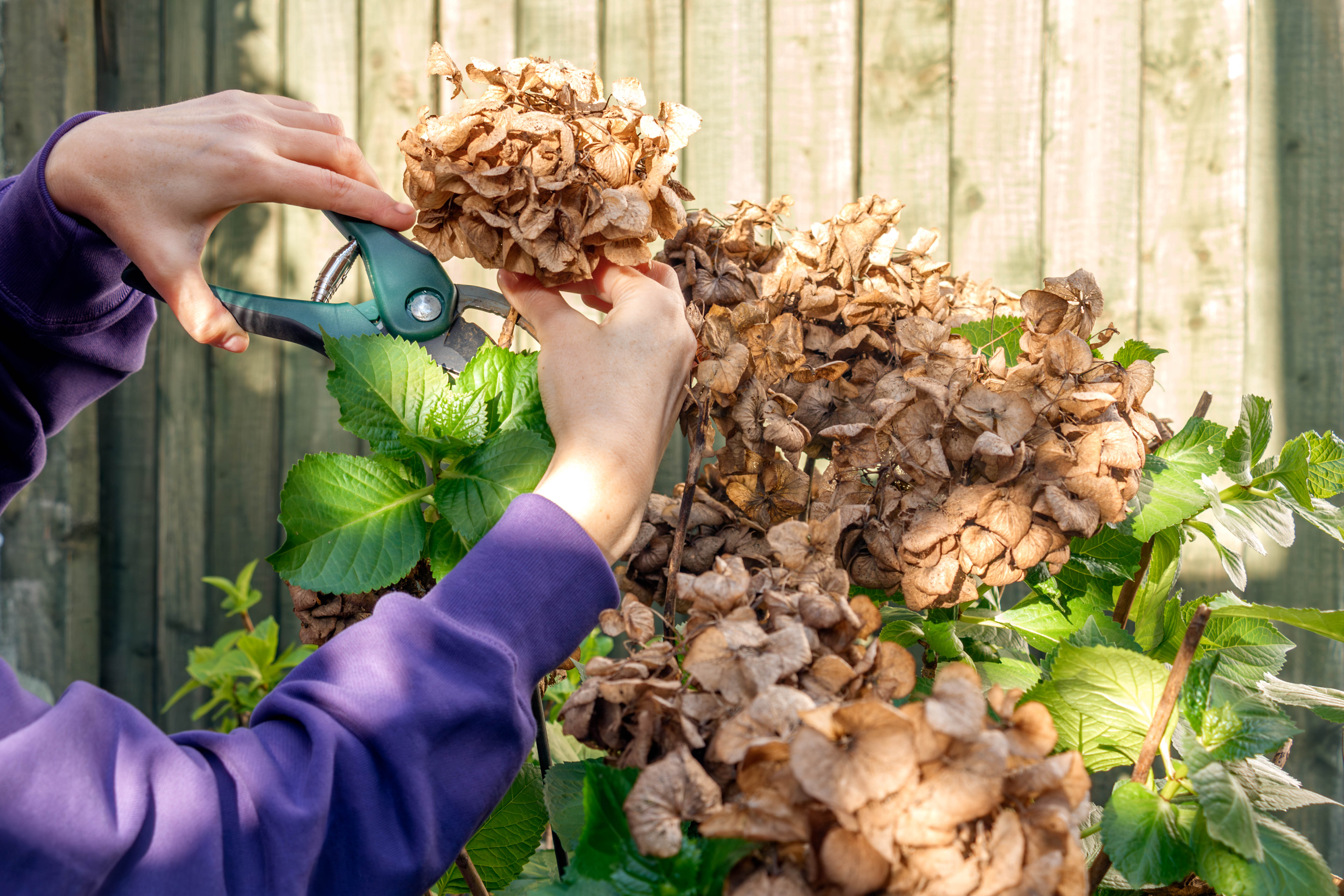
Learning how to deadhead hydrangeas and when to do it is essential if you want the best out of your blossoms.
Kasey Eaves, plant expert and owner of Vivant Gardening Services tells us the reason your hydrangeas may not be blooming can be due to improper pruning. 'If hydrangeas are pruned at the wrong time or too aggressively, they might remove flower buds,' she says.
The expert says different types of hydrangeas 'bloom on old wood or new growth, so knowing the specific type you have is important for pruning correctly'. If you do not know which type you're working with, Kasey advises hiring a garden coach or doing some plant ID requests with your local arboretum or Botanic Garden — to help you become more comfortable and confident with your plants.
2. Difficult weather conditions
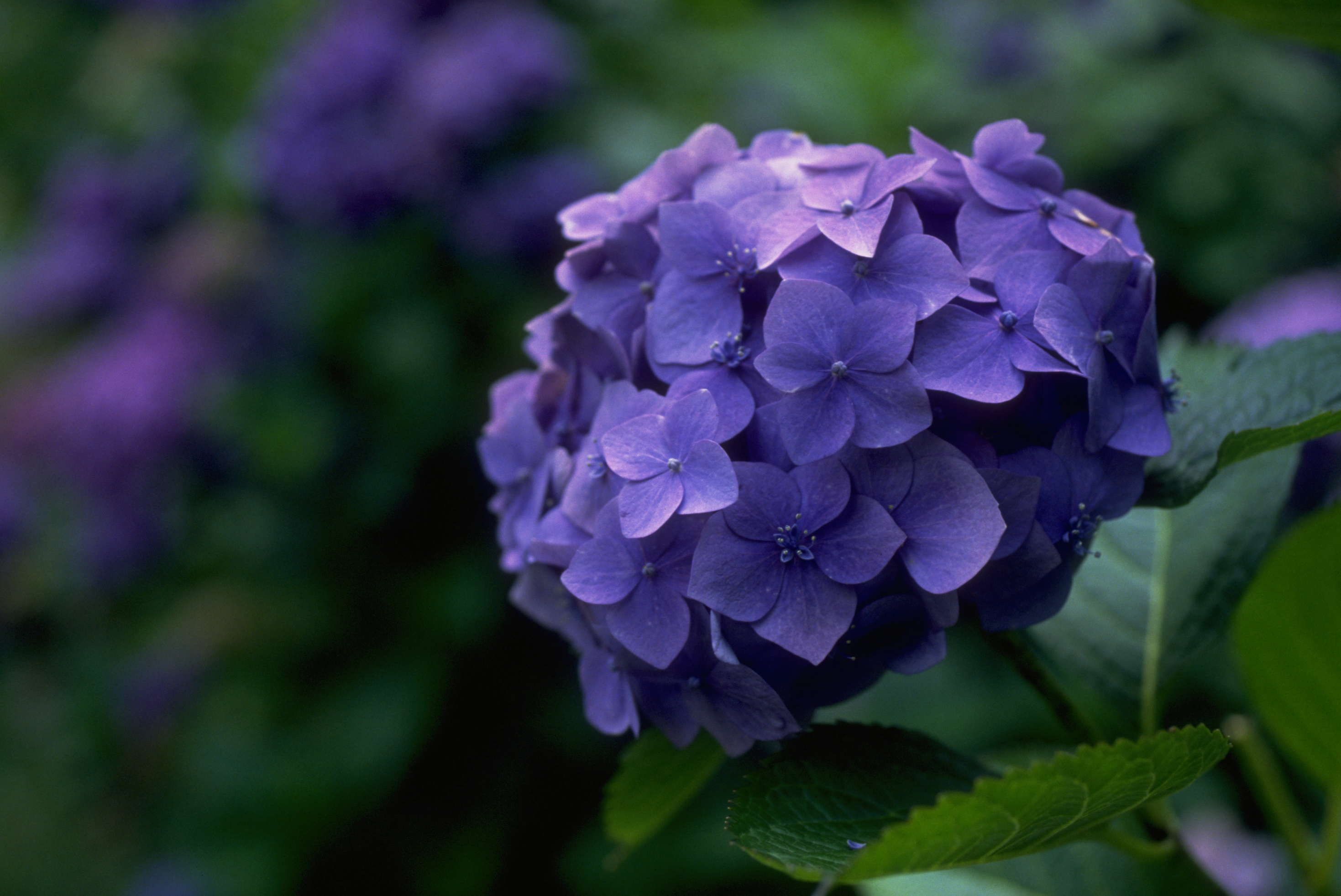
One of the biggest hydrangea mistakes that some might make would be not taking care of these flowers during the frost or the hot summer seasons.
'Especially in the first two years post planting, but even in maturity your hydrangeas depend on the weather playing ball. Late Frosts, Polar Vortexes and Droughts can damage flower buds or prevent new ones from forming,' Kasey explains.
She continues: 'This is especially true in Macrophylla Hydrangeas that we prize for extremely colorful blossoms. As the climate has changed, especially in growing zones 5 and 6, we’ve seen weather patterns repeatedly thwart blossoms. If this if you, take heart in knowing you are not alone'.
'For our clients, we have moved these hydrangeas to areas where their lovely leaves are the star over the blossoms. That way they are never a disappointment and when the blossoms do work, it’s a bonus!,' the expert adds.
Gardening expert Tony O'Neill, tells us 'winter injury' is also quite common in these blooms and only occurs 'when hydrangea buds are damaged by cold weather, preventing them from blooming in spring'. To solve this problem Tony advises you 'protect your hydrangeas by covering them with burlap or a frost cloth during late winter and early spring. Planting in a sheltered location can also help'.
3. Poor soil
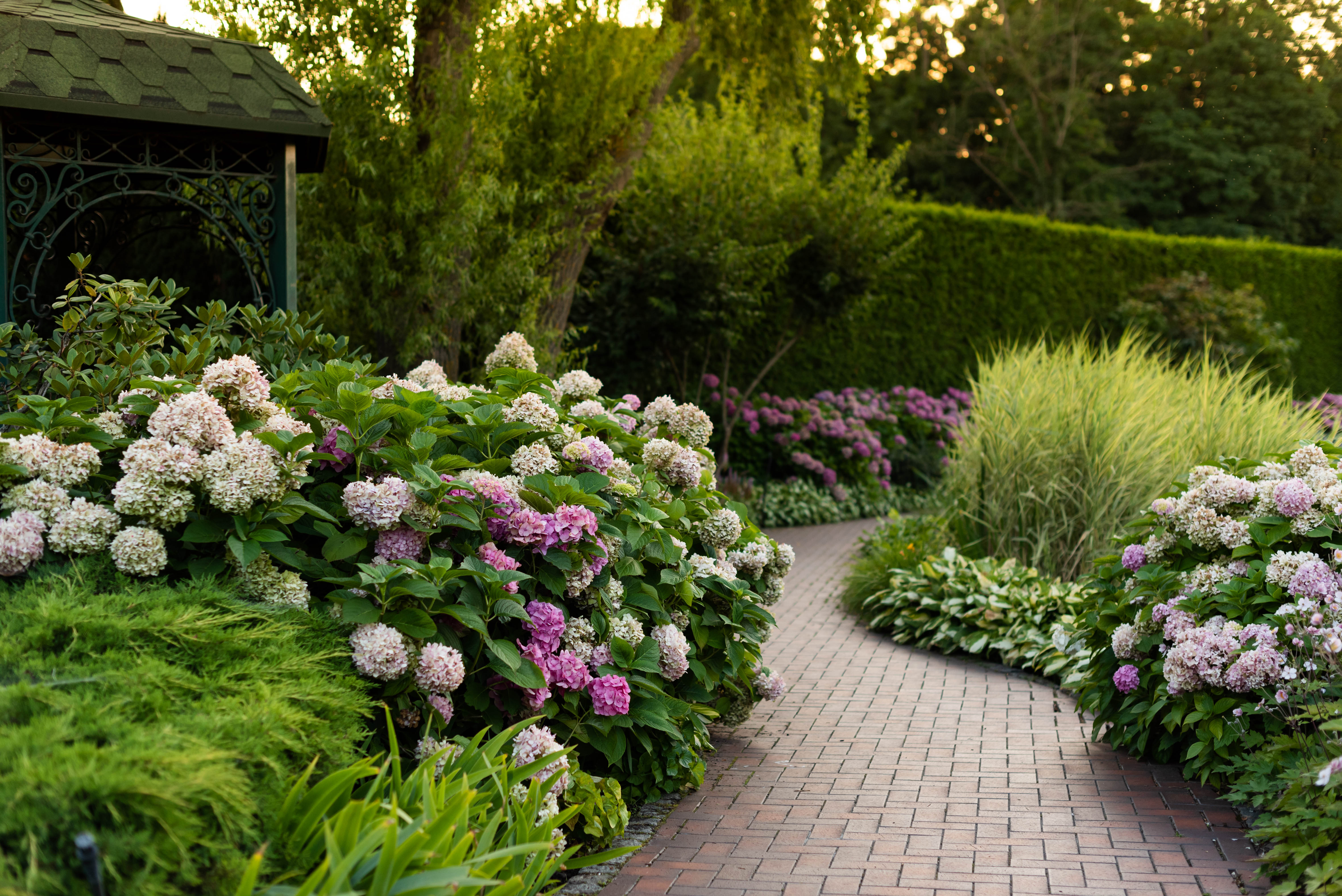
There are many gardening mistakes made by beginners and professionals. From choosing the wrong soil to overwatering — we're all guilty of it.
'Choosing the right plant for the right place definitely pays off for hydrangeas, since this is a plant you are counting on to bloom long and full. Extremes in soil PH, especially alkaline soil, can impact blooms,' Kasey advises.
If you do want to supplement your soils nutrition with fertilizer, Kasey says you need to 'make sure it is one that promotes blooms and isn’t too heavy on nitrogen — which prioritizes leafy green growth at the expense of flowers.
And Tony agrees, he says you need to 'use a balanced fertilizer or one with higher phosphorus content to encourage blooming'.
4. Not enough sunlight

While there are plenty of hydrangea shade plants that don't mind part shade, don't underestimate the 'part' of them that likes sunlight, too. Understanding how much sunlight and shade they need is very important if you want too see them grow to their full potential.
Kasey says 'hydrangeas are celebrated as part shade plants but it’s easy to ask too much of them by putting them in the shadiest corners of the yard. They still need several hours of direct sunlight to bloom well'.
If you give them too much shade, they may not produce the colorful blooms you seek. So give them a bit of a balance and show them some tender love and care.
5. Your hydrangea may be stressed
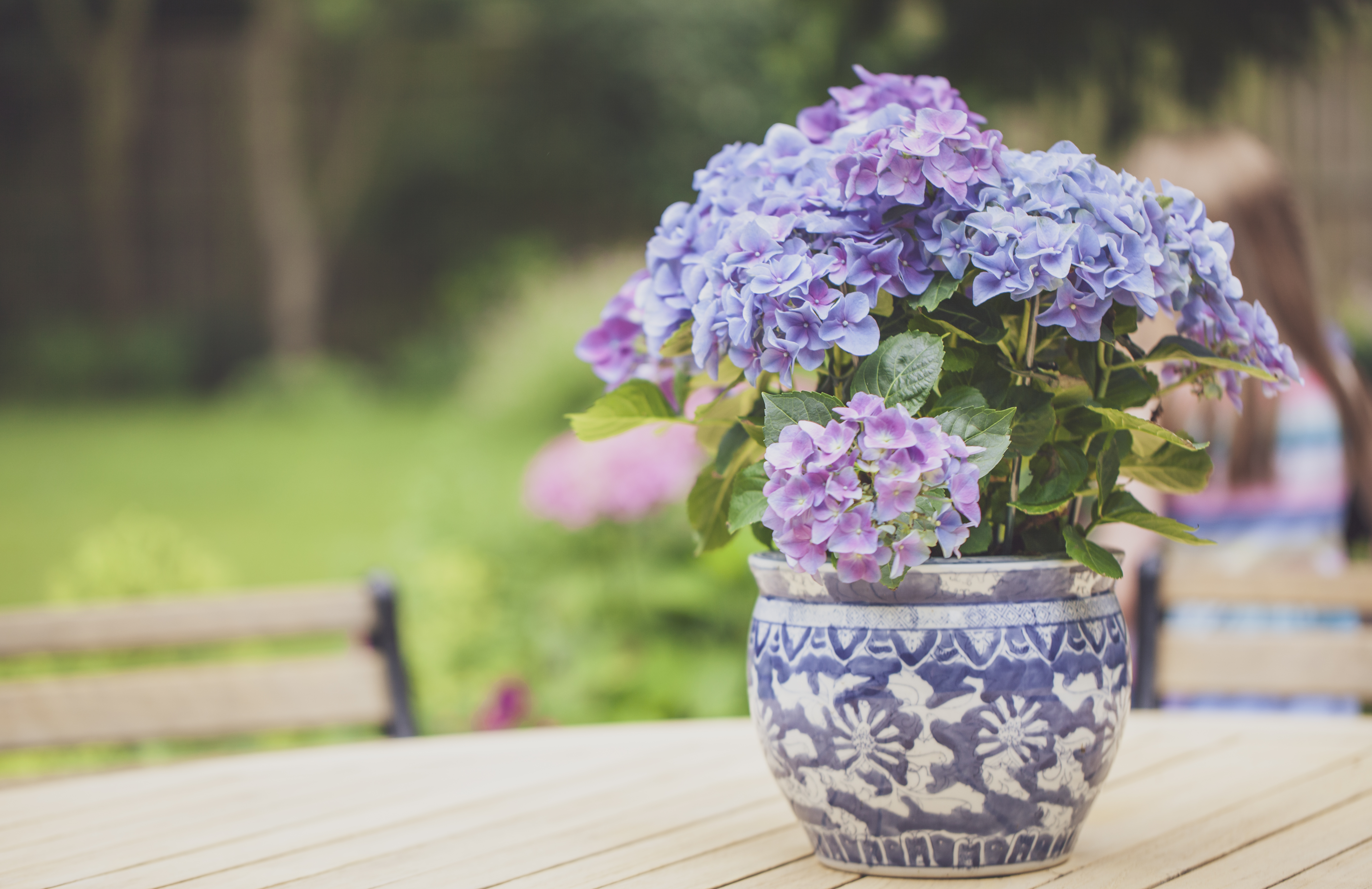
If you've moved your hydrangeas from one place to another or you're combatting a pest infestation, Kasey says your blooms may become quite stressed.
She tells us: 'When a plant is feeling stress, it makes choices just like people do. It will grow leaves and roots to feed itself but will drop flower buds if it feels like it can’t support them'.
To help your bloom recover from this, the expert says you should 'give it time to recover and maybe a little extra compost and water while it recovers'.
FAQS
What can I do to help my hydrangea's bloom?

There a few factors that come into play if you're seeking perfect hydrangeas. From pruning to watering, here are a 5 care tips by gardening expert Tony O'Neill.
Watering: Tony says you need to 'keep the soil consistently moist, especially during dry periods as water deeply to encourage deep root growth'.
Mulching: You can apply a 2-3 inch layer of mulch around the base to help your bloom retain moisture and regulate soil temperature.
Fertilizing: The expert says you must 'feed with a balanced, slow-release fertilizer in spring and avoid high-nitrogen fertilizers'.
Pruning: 'Prune according to the type of hydrangea you have,' Tony explains. He says you should also deadhead spent blooms to encourage new growth.
Protection: 'Protect your blooms from harsh winter conditions and late frosts, especially for varieties that bloom on old wood,' the expert notes.
Best products for blooming Hydrangeas
Price: $13.97
Was: $20.99
Best for: Steel, sharp blade makes it ideal for pruning hydrangeas
Price: $3.97
Type: Organic Mulch
Best for: Helps regulate soil and also prevents growth of weeds
Price: $31.99
Was: $39.99
Best for: Watering your garden blooms and houseplants







